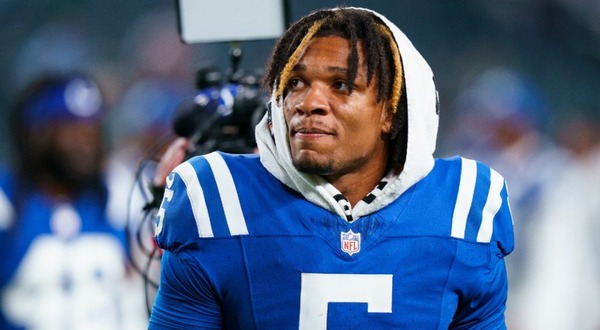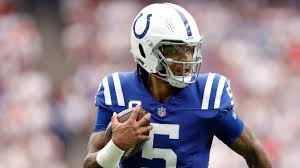With Davante Adams, Jakobi Meyers, Anthony Richardson and Ben Brederson all shuffling in and out of Concussion protocol this week and concussions seemingly on the upswing and becoming a significant concern in the NFL, let’s look at some of the elements involved in the NFL Concussion Protocol.
There are 5 steps in the NFL’s concussion protocol. If a player receives a hit to the head, they are immediately removed from the game, and brought to the locker room. An initial evaluation is then performed by the medical staff. This includes a neurological exam and may include diagnostic tests such as an MRI. The third step is also done in the locker room, and only done if a concussion is suspected. The player must pass cognition and balance tests. In the fourth step, a return to play decision is made by the doctors.
If any concussion symptoms are present, they cannot return to the game. Lastly, because concussion symptoms don’t always show up immediately, another evaluation is done the day after the game. This process is done even if the locker room tests were normal and the player returned to the game.
Concussion Protocol: Grading concussions
Concussions are graded for severity. Grade 1 is the mildest concussion with no loss of consciousness and symptoms resolve in 7 – 10 days. Grade 2 is a moderate concussion with symptoms lasting more than 10 days. The last category,, Grade 3 is a severe concussion with loss of consciousness for any period of time. After 3 concussions, a player must be cleared by independent doctors to return.
Recovering from a concussion involves what is known as the 4Rs: Rest, Rehabilitation, Reassessment, and Return. While in the Resting phase, activities are limited. The Rehab phase starts to reintroduce cognitive and physical activities. The player is then Reassessed to see if symptoms (which could have initially included vomiting and seizures) have resolved. Eventually, with a doctor’s clearance, the player can resume normal activities.
There are several things to take away from the NFL Concussion Protocol that can be applied to our lives. Don’t take ibuprofen, as not only may it mask signs and symptoms, but actually may delay healing. Basic acetaminophen (Tylenol) is safer. If you think you suspect that you have a concussion, please don’t drive yourself to the hospital. While well intentioned, having someone drive you is safer. Similar to the person who has states that they have chest pain, “I’m going to drive myself to the hospital,” please don’t.

Both situations are potentially serious, and assistance in both cases is a good thing. Another thing to not partake in with a suspected concussion is physical exertion. Lay off the sports for a few days. And lastly, lay off the alcohol as well.
Deterrents in place if not following Concussion Protocol
There are several deterrents in place to encourage NFL teams to follow concussion protocol. While the fines – anywhere from $50,000 to $150,000 are significant to the average fan, they are seemingly of little deterrent to the teams. Coaches or medical personnel who intentionally ignore concussion protocol can face suspensions from the league. And lastly, a major deterrent is the potential loss of draft picks.
Evan Neal of the New York Giants went through the protocol this summer successfully, questions remain about Tua Tagovailoa and his health after multiple concussions last season. With the continuous improvement in NFL helmets and the continuous upgrade in the Concussion protocol, the player’s safety and well-being has become more and more emphasized.
Barry Schustermann
Follow me on Twitter @BarrySchust
Follow me on Facebook @Barry Schustermann



